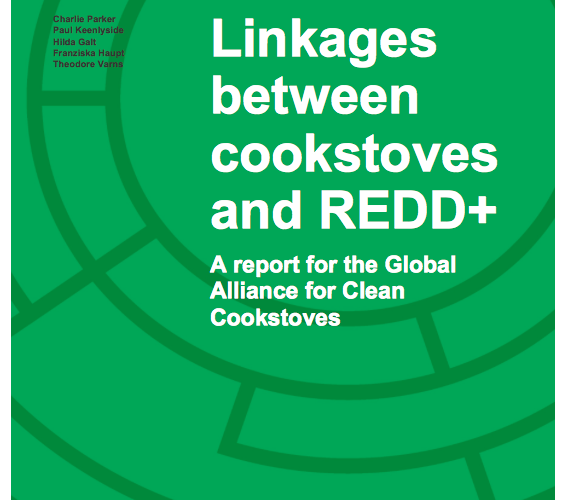Across large parts of the world, woodfuel remains a primary source of energy, relied on by more than a third of the global population for their cooking and heating needs. Where harvested unsustainably, woodfuel consumption can lead to localized degradation of forests. Using a combination of demand and supply-side interventions, our research indicates that woodfuel emissions could be reduced by around 450 MtCO2 per year in the best-case scenario. This scenario is in line with the target of the Global Alliance for Clean Cookstoves for 100 million households to adopt efficient cookstoves by 2020. The remaining 350 MtCO2 per year of woodfuel emissions could be balanced by carbon sequestered in new plantation forests. While demand and supply-side interventions are equivalent in terms of their impact on forest loss and climate change, however, only demand-side interventions are suited to achieving positive health outcomes (an important co-benefit in clean cookstove projects).
This report can also be downloaded from the Clean Cookstoves website.





